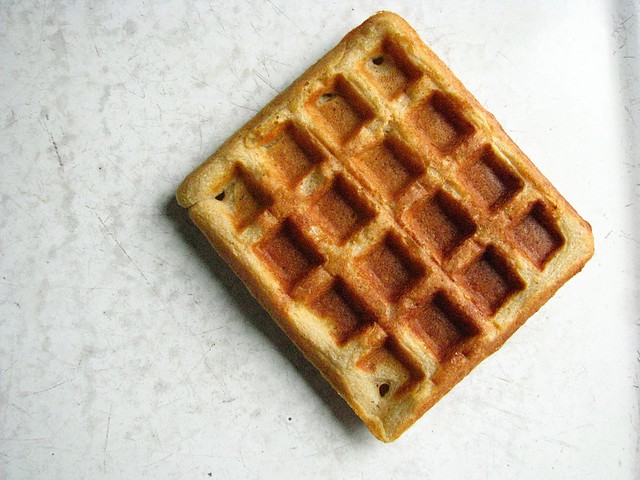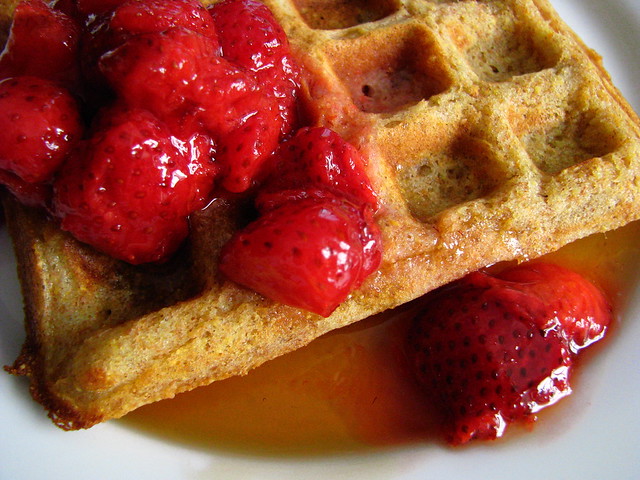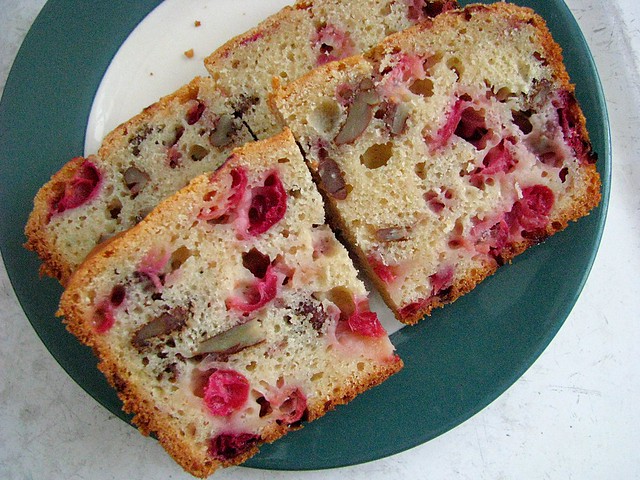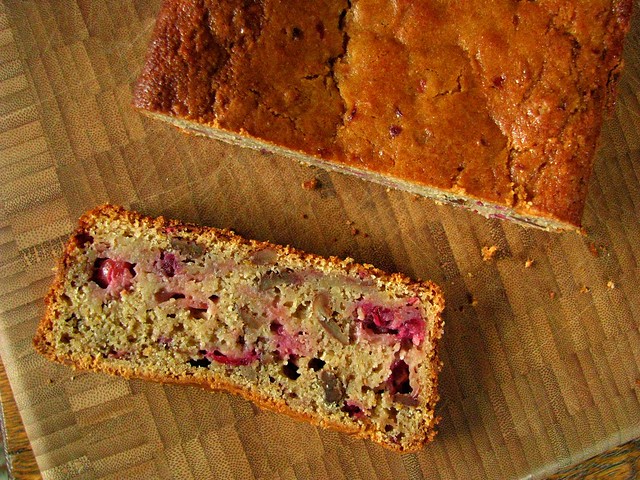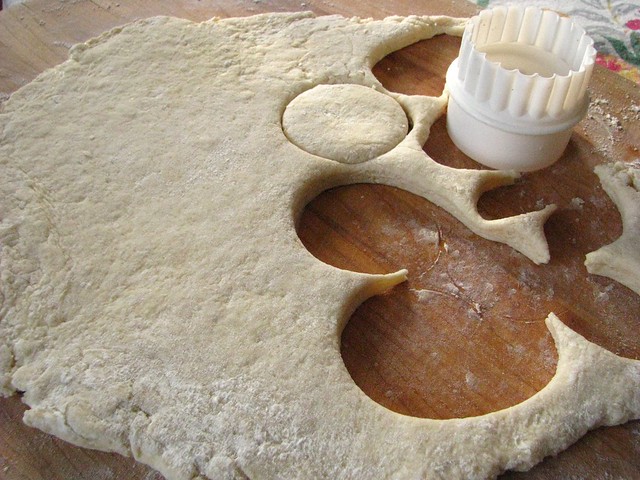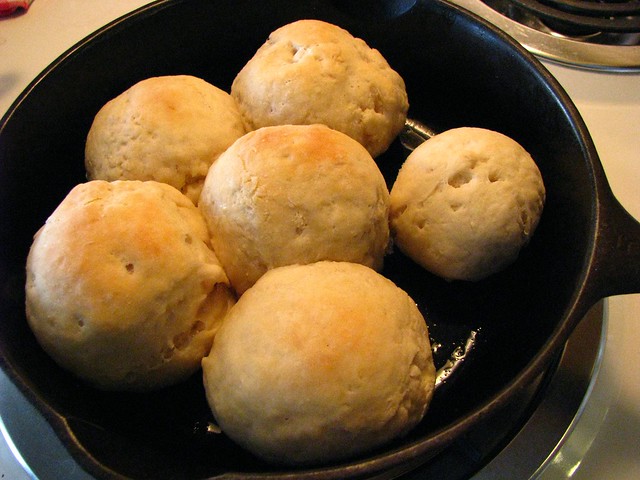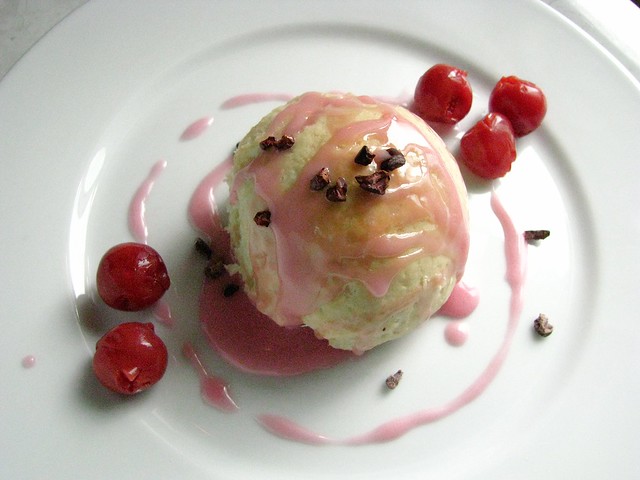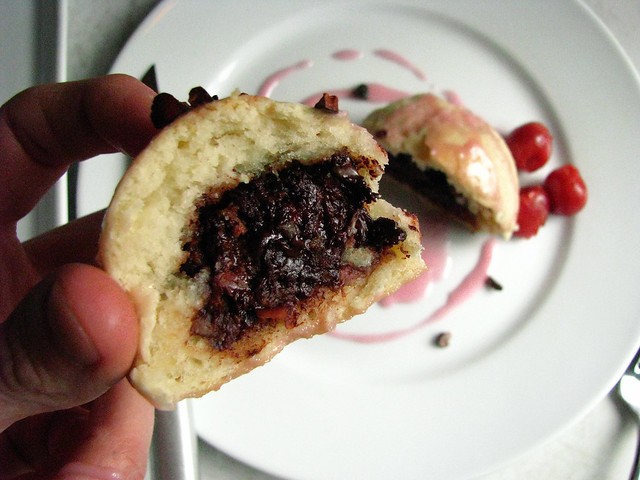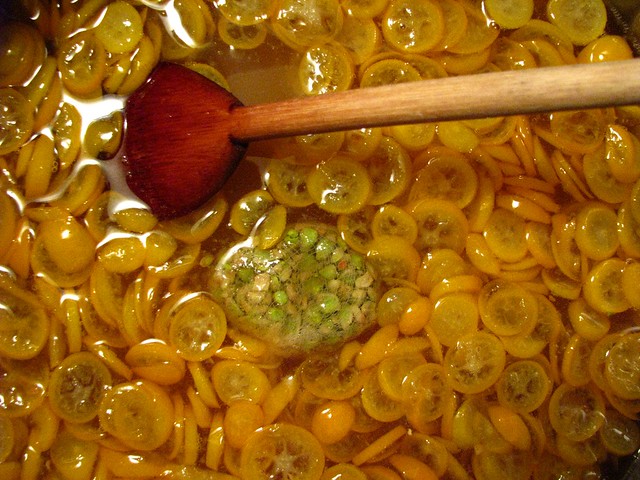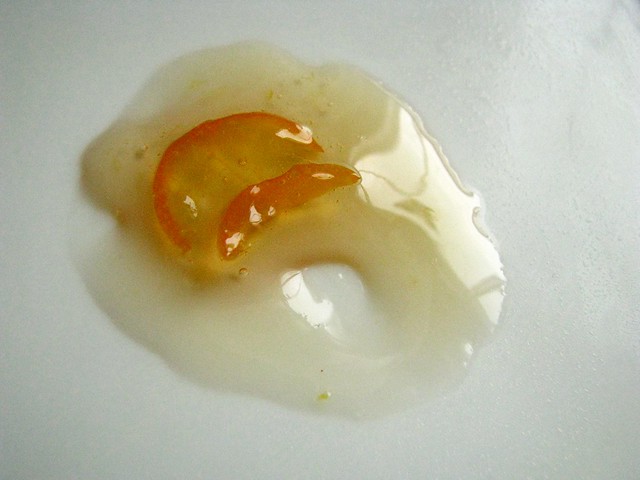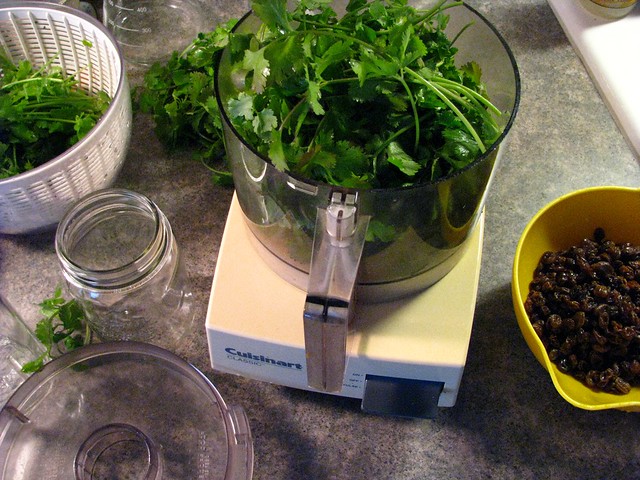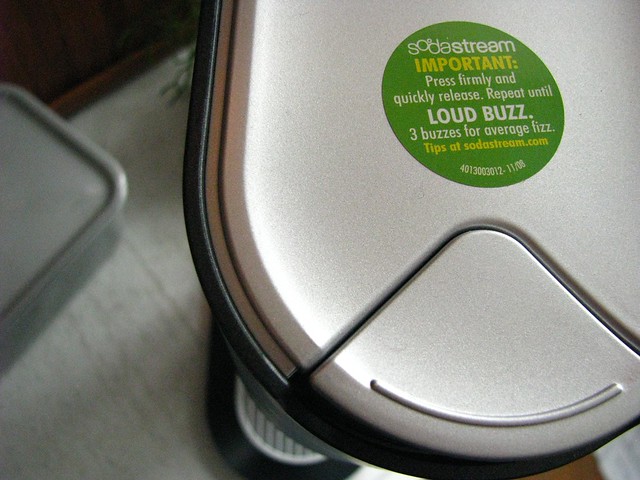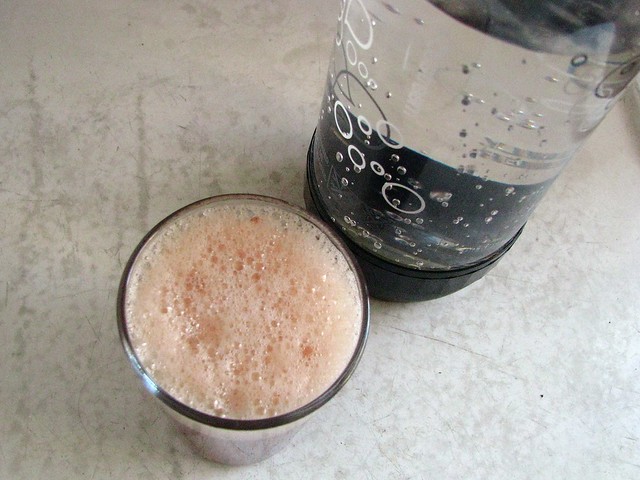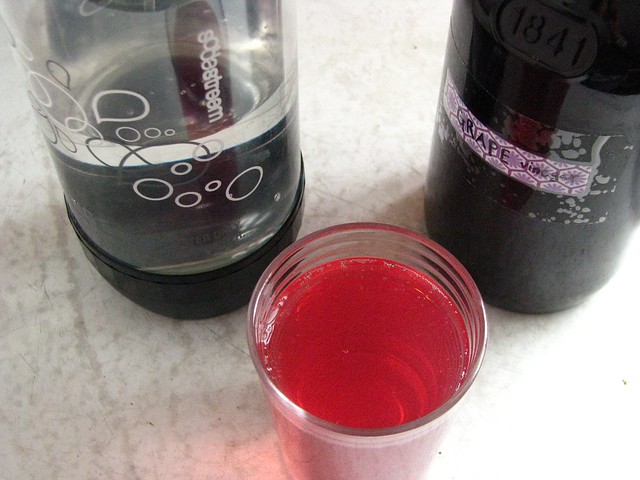At the half-way point of my sugar-free month, I find that I've already made jam four times. Twice I made some for a friend, but twice I made it just for my jam shelf. Even though I dutifully allowed myself just a spoonful or two to check for flavor, I have come to the conclusion that if I add some kind of chile to something sweet, I can hardly keep it off of my mind or out of my mouth. That is exactly what happened when I decided to pair the bright orange habanero pepper with similarly orange kumquats.
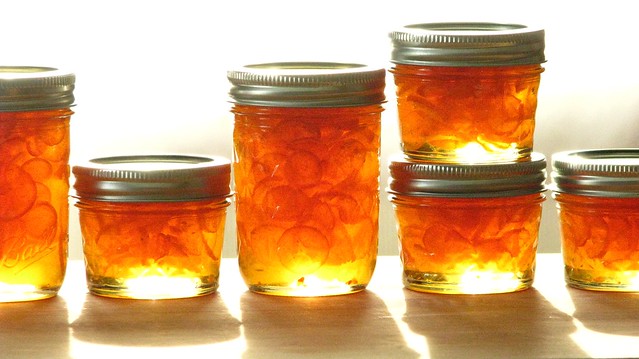
Kumquats are a tiny, cheerful things that I've never tried before last week. I bought a few on impulse when I saw them in a rather neglected bin at my co-op. The second I got in the door, I washed one up and bit into it, the flood of vibrant flavor hitting me stronger than I anticipated. It tasted like every type of citrus I've ever had, held together by tropical, under-ripe undertones of mango. It felt so rebellious to simply bite into it, stippled peel and all - and in the midst of my sugar-freedom, it tasted sweeter than eating a plain sugarcube. The resinous aftertaste was just as rewarding, and just like that I knew my first marmalade of the new year would be made of kumquats.
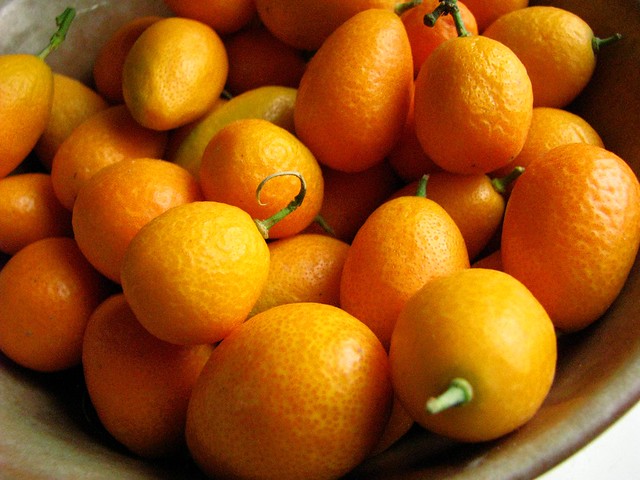
After I decided to preserve them, I garnered even more excitement by reading about
Marisa's kumquat experience, but I had already settled in on a recipe form from Linda Ziedrich - a longer, wait-around method similar to the
lemon marmalade that I made last year, and one requiring only 12 oz. of fruit. When I decided to add a habanero, I knew right away that this one was going to be a keeper. I picked up more fruit, and then I waited for our first snowfall, since there isn't anything better than standing over a pot of bubbling citrus when the snow is flying...
(adapted from Linda Ziedrich)
yield 2 pints (I made two half pints and 4 quarter pints)
- 12 oz. kumquats, sliced thinly into rounds, seeds removed and saved
- 1/2 of a habanero pepper, stemmed and seeded
- 5 c. water (filtered is best)
- 4 c. sugar (I used raw cane sugar)
Place the kumquat seeds into a spice bag, or tie them up into a small piece of cheesecloth. Put the kumquat slices, water, and bag of reserved seeds into a large preserving pot along with the chile pepper. Bring to a boil, and boil uncovered for 15 minutes skimming off any foam that may form. Remove the pan from the heat and cover with a towel. Let it stand at room temperature for 8-12 hours.
After standing, fish out the habanero pepper (but leave the bag of seeds in), add sugar to the pan and place over medium heat, stirring until sugar dissolves. Then, increase the heat to medium-high and bring to a boil. Boil for one minute, then remove the pan from the heat, cover again with the cloth, and let sit for another 8-12 hours.
Prepare jars, lids and rings as well as a hot water bath. Bring the kumquat mixture to a boil slowly, then raise the heat and continue boiling until it passes the spoon test, jells when dropped on a chilled plate, or until the mixture heats to at least 220 degrees.
Remove the pan from the heat, remove the bag of seeds, and skim off any foam. Let the mixture rest for 5 minutes. Ladle into pint, half-pint or quarter pint jars and process for 10 minutes in hot water bath.
The result of this marmalade is truly addicting. Honestly, I tried not to eat any just because I am bound my my resolution... but I did eat one little Daring Baker trial with a spoonful and it was worth any cheating. It has such a clean flavor and underlying heat, which is the best type in my opinion. Hot on the tongue and then departing quickly, that's actually how I always think of the often misunderstood habanero. Yes, his heat is brutal, but it also dissipates faster than other chile. When coupled with sugar, that effect seems hurried and creates easy addiction because you want to keep feeling that embracing heat loll about in your mouth. At least I do!
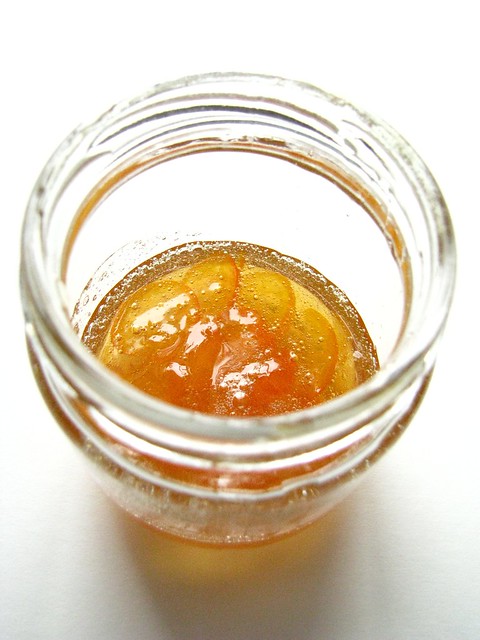
In a way, I'm looking forward to February, when I can be guilt-free in trying more sugary combinations. I love chile preserves in particular paired with cheeses and other savory and salty things. I wonder how it would taste if I made a hard boiled egg and mixed the yolk with jam before filling the silky egg white hull. But I know that is just the allure of sugar tugging at my heartstrings, just making sure that I haven't left him for good. Even with these tempting jars of this marmalade close at hand, I am surprised at my resolve, and I actually think quite often of the Sally Fallon quote in Nourishing Traditions: "Don't forget to enlist the power of prayer in your battle against the sweet tooth". It is a battle, but one that with each passing day I feel more like the victor instead of the victim. In the middle of a sugar-free month I'm able to resist this irresistible jam, I must be doing something right!


